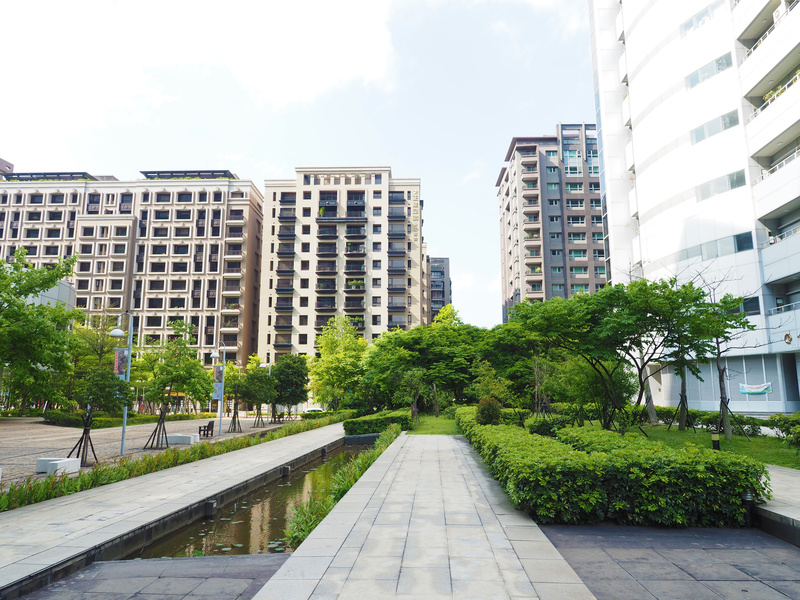Canada’s Going Green with Green Building Trends for Both New and Retrofit
May 15, 2019

In 2014, Canada’s Green Building Council conducted a survey study on green building in Canada and published the findings of the study in a report titled “Canada Green Building Trends: Benefits Driving the New and Retrofit Market” . This report is the first of its kind in Canada that focuses on the analysis of green building adaption and trends in the Canadian market.
Green building refers to a building that is energy and water efficient and addresses improved indoor air quality and/or material resource conservation. Green buildings usually are recognized by LEED (Leadership in Energy and Environmental Design) certification or another recognized green building standard.
The report demonstrates that Canada’s green building market is growing at a strong and steady pace, and soon will be on par with the U.S. green building market. Canadian firms anticipated that the majority of their upcoming projects would be green buildings with nearly half of the participants expecting to build more than 60% of their project green within the next three years.
While client demand for healthier places to live and work combined with the encouragement of sustainable business practices have been identified as the main driving force for implementation of green buildings in the Canadian market, growth in green building is also driven by strong business fundamentals as well.
Canadian companies that invest in green building are enjoying significant cost saving benefits including energy savings, declining water use, and a reduction in overall operational costs. Many owners and architects have reported that building green has increased the property asset value by 10% and even green renovations has increased values by 4%. As well, property operational costs have decreased by 17% on average. Improved marketability and appeal of green certified buildings has increased the desirability of making projects green.
The common goal of green initiatives is to make the building efficient and to minimize the negative impact of the building on the environment and people. One of the critical components of green projects is water conservation and protecting water quality. Decreased water consumption through the use of alternative water sources can meet the water demand where the quality of water need not be potable.
One of the ways to implement water conservation practice in green building is the use of rainwater as an alternative water source. Rainwater harvesting systems collect rainwater from rooftops and stores it for later use. When appropriately designed, a rainwater harvesting system can provide both water conservation and reduced stormwater runoff benefits. The use of rainwater harvesting systems is recommended in green building rating systems (including LEED) as a sustainable water and site management strategy.
Net Zero Water has developed advanced rainwater harvesting technologies to help you to get the most from your green investment. Our team of experts work closely with you to design and build a custom rainwater harvesting solution that meets your exact requirements.
